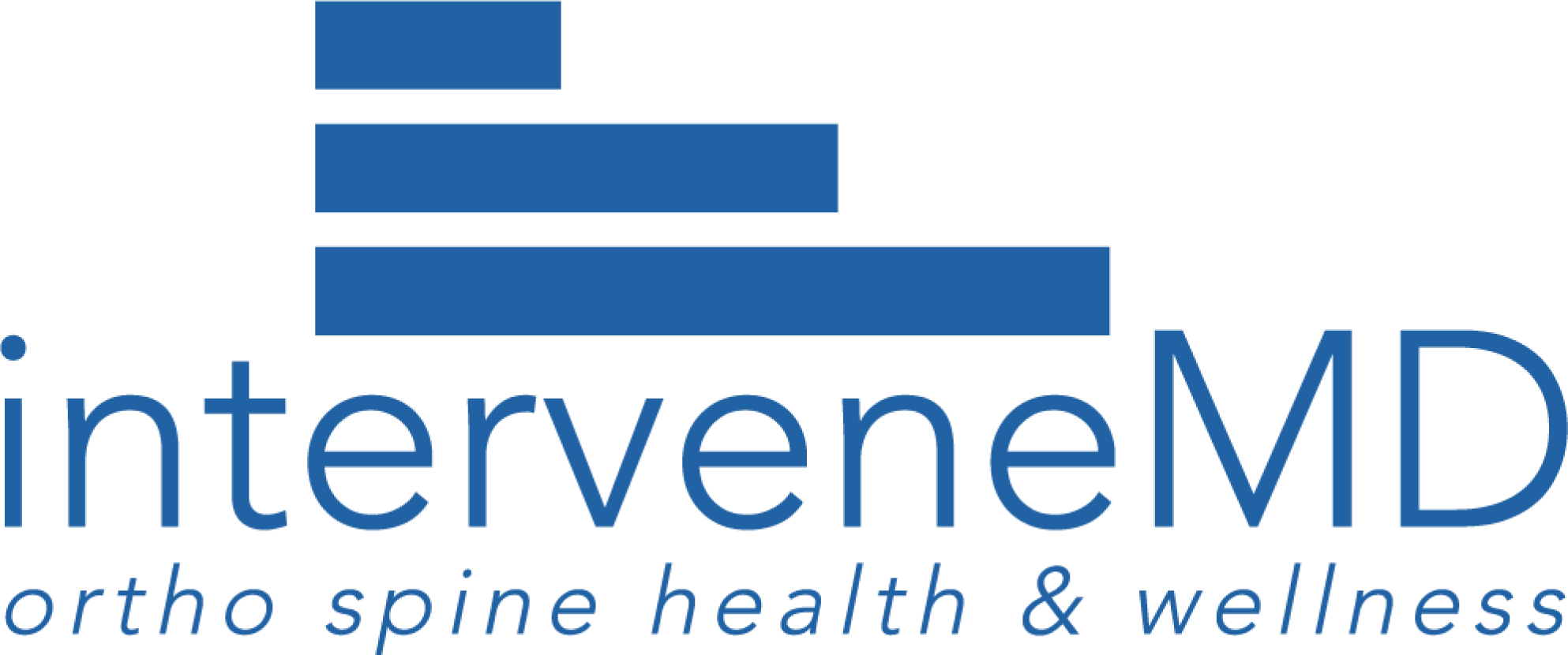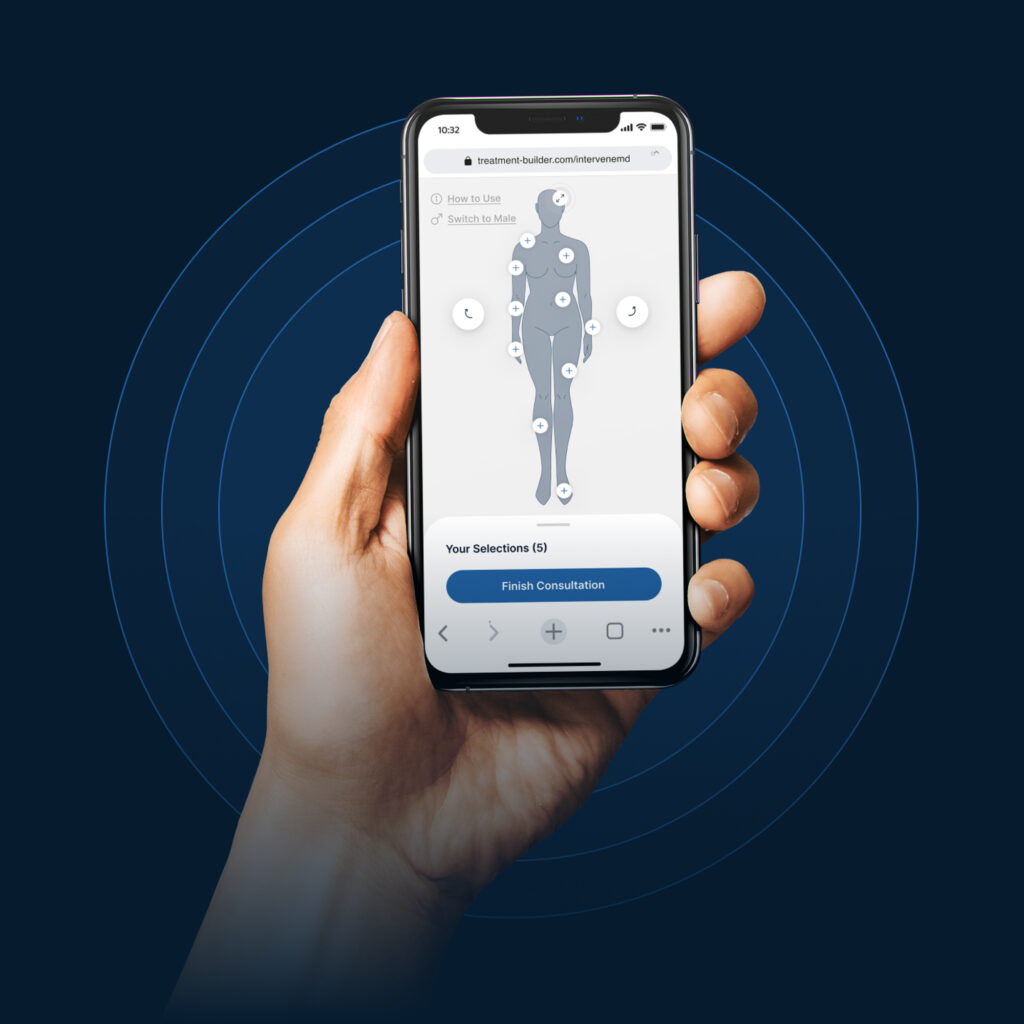
Prolotherapy (sometimes called regenerative medicine) is an injection technique used to treat structural dysfunctions of ligaments, joints and tendons throughout the body. These dysfunctional areas may be painful, weak, loose or degenerated. Traditional prolotherapy used irritants such as sugar, glycerin, phenol and sodium morrhuate but these are now giving way to human growth hormone (HGH) and testosterone and platelet rich plasma (PRP).
The affected ligaments or tendons are injected at the bone-tissue junction by a solution that directly stimulates the growth of strong, healthy tissues. The resultant strengthening of the tissue leads to an increase in stability, increasing function, and a decrease in pain. Dysfunctional joints affected by arthritis maybe treated similarly, with an increase in function and a decrease in pain.
The word prolotherapy originates from the Latin proles – to stimulate growth. The mechanism for this stimulation maybe the inflammatory response or stimulation of growth factors, both of which initiate the healing cascade with cellular and tissue proliferation occurring. Monocytes appeared in the area within hours, fibroblasts proliferation and migration occurs within 48 hours, pro-collagen deposition occurs within one week, and maturation of pro-collagen to collagen occurs by 8 weeks. In the maturation phase, water is lost, causing constriction of the tissue and tightening of week or loose ligament, tendon or joint capsules. The tissue reaction is similar to the tissue response seen following a cut on the body, with the initial clotting occurring, shrinking of the scar over the next year. Following prolotherapy injections, the newly formed tissue planes line up parallel with the existing tissue, while scarring results in newly formed tissue fibers in a haphazard pattern.


